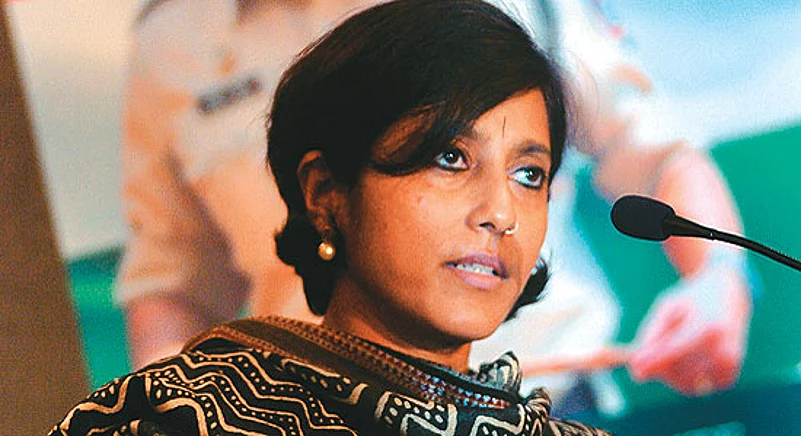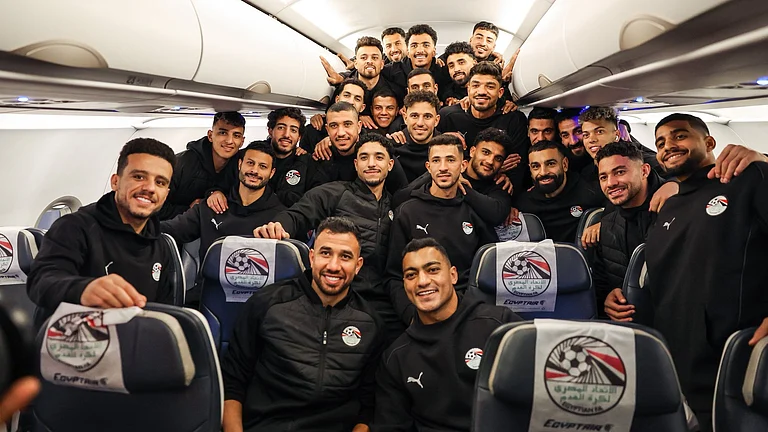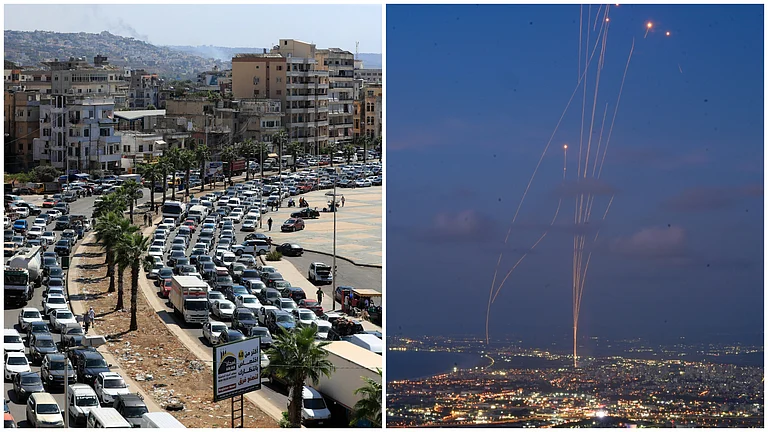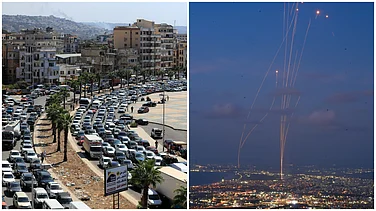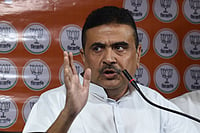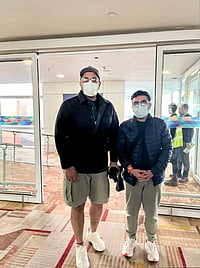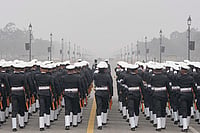Pradhan Committee’s Indictment
- Since Aug 2006, there were six intelligence alerts about a seaborne attack, 11 on the possibility of multiple and simultaneous attacks, and three on the possibility of commando attacks (fidayeen). None of these was acted upon.
- The Taj and Oberoi managements did not implement certain important security advice given by DCP-Zone I.
- Simultaneous attacks and calls from field units for more manpower resulted in deployment of reserves in a haphazard and helter-skelter manner.
- In general, the Mumbai Police responded to the multi-targeted attacks in a manner they usually respond to a law-and-order situation.
- No simulated training given to Quick Response Team (QRT) in facing terror attacks and hostage rescue. No firing practice since Sept 2007 due to ammo shortage. QRT operated in small groups, making it ineffective.
- The Standard Operating Procedures for bomb blasts and terror strikes not followed
- The police commissioner should have been at the command centre in the control room which might have utilised forces better and prevented duplication of efforts. Senior officers took liberty with established procedures—decision-making was casual.
- Lack of cohesion and communication in the internal working of the Mumbai police commissioner's office.
- Lapses on Maria’s part?
***
“Mr Karkare’s team managed to injure Kasab, even when they were ambushed. With prior information (which was available with the Control Room), they would have ambushed the terrorists.... And this is what stings my heart.”
With these words, Vinita Kamte ends the chapter titled ‘Truth Unfolds’ in her book To the Last Bullet. Her husband Ashok Kamte, then additional commissioner of police—who fired at and injured terrorist Ajmal Amir Kasab near Cama Hospital on the night of November 26, 2008—was with Hemant Karkare, then chief of the Anti-Terrorism Squad. Both the officers and police inspector Vijay Salaskar were gunned down by Kasab and his accomplice, Abu Ismail.
Picking her way through grief, Vinita Kamte assiduously pursued official information and call log records to raise questions that have gnawed many since that fateful night: why did the control room not inform Karkare and Kamte about the movement of terrorists in that lane and why did it not send reinforcements that Karkare had specifically asked for nearly 35 minutes before the cops were ambushed? Where were the reinforcements of 150-200 personnel that control room stated had been sent? What was an additional commissioner of police doing inside the special branch office barely two minutes away from the exchange of gunfire in the lane? Why did the police vehicles that passed the injured cops not stop to assist them? And finally, why did control room in-charge Rakesh Maria feign ignorance to the police commissioner about Karkare’s location at 00.56 am when call logs clearly indicated that the ats chief was at the rear gate of Cama Hospital at 11.24 pm, and later that Kamte and Karkare were injured?
“If only Karkare’s team had the benefit of proper briefing from the control room on what was happening at the front of Cama Hospital, the story of that night could have been entirely different,” writes Vinita, wondering why it wasn’t. “Inefficiency? Incompetency?” Unlike conspiracy theorists, Vinita has merely raised questions on the functioning of the police, but these questions have split open the cracks in the Mumbai Police sparked off by the comments of the then police commissioner, Hasan Gafoor.
Criticised by the Ram Pradhan Committee for “poor leadership” during 26/11 but subsequently promoted as DGP, Gafoor was quoted in a magazine as saying certain senior officers had failed in their duties that night, and IPS officers K.L. Prasad, Parambir Singh, Deven Bharti and K. Venkateshan “did not appear keen on responding to the situation”. Gafoor denied making these statements, but the damage had been done. The state government asked him to explain, and his junior officers sought government permission to file defamation suits as records proved their presence and action at the terror-hit sites. Joint commissioner Rakesh Maria too wrote to the government asking that his role be clarified. Thus did the war within come out in the public domain.
Police commissioner D. Sivanandan, however, denies any such thing. “There is no war. The war was fought on November 26, 2008,” he said, hoping to erase the impression of a Mumbai Police vs Mumbai Police situation. The newly-rolled out Force One, the parade across Marine Drive on Nov 26 and the induction of state-of-the-art weaponry and ammunition did little to repair the image, though. Officers, in off-the-record conversations, have spoken of the various lobbies in the force divided along regional or sectarian lines, the undue influence of certain political leaders on appointments and the political leanings of certain officers.
In fact, the internal war alarmed former officers like Julio Ribeiro so much that he stepped in “to restore the honour and prestige of the Mumbai Police,” which, he said, “would have fared much better if they had a good leader”. Ribeiro stated that “the four were outstanding officers, and a good leader would have made use of their qualities” and slammed Gafoor for “jettisoning the usual time-tested arrangement of operations due to his own fears and insecurities”. Coordination in sensitive operations was impacted by the war within, says former IGP Sudhakar Suradkar. “Had there been coordination, the terrorists would have been killed in an hour,” he said. “Groupism exists, particularly in the top echelons,” former Mumbai Police commissioner M.N. Singh told Outlook. “The Mumbai Police has become the object of town gossip and ridicule the last few days. It definitely affects the morale of the entire force.”
The state government plans to back Maria and others, quoting from the Ram Pradhan Committee report. It praised Maria’s efforts while ignoring—or overlooking—the obvious discrepancies in the call log records and action taken on 26/11. “It was a crisis; there could have been a communication gap or lack of coordination in the control room. Maria has a proven track record,” says M.N. Singh, who was boss both to Maria and Ashok Kamte at different points of time and speaks highly of their capabilities.
This, precisely, is the crux of Vinita Kamte’s questioning: where and why did the lapses or communication gaps occur, enough to compromise the lives of officers widely acknowledged as the best in the force? “Truth is always bitter and they’ll always defend themselves,” she says. “Ashok loved the force, it was his pride. I didn’t want to do anything to hurt that, so I corresponded directly with the DGP, CP, JCP, but never got answers. I was forced to resort to RTI, which too was turned down. Then I filed an appeal to get access to information.” If there was nothing to hide, why did the police not share the records with Vinita, asks her co-author Vinita Deshmukh.
Former officers too say it was “insensitive and unbecoming” not to share call log records and post-mortem reports of the officers with their kin. If the records point to lapses, those must be corrected, not brushed aside. This calls for collective reflection and correction, a tall order for a force whose top officers don’t see eye-to-eye even on routine matters.






